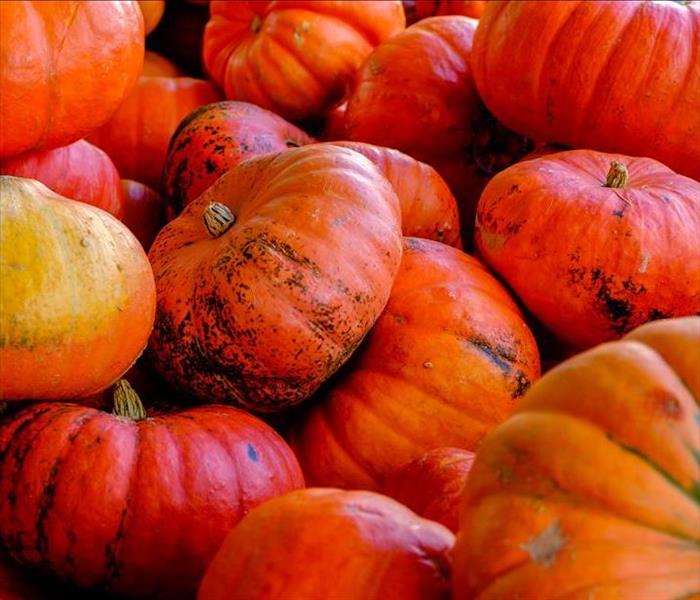Make your holiday safe
11/12/2015 (Permalink)
Each November, families gather to celebrate Thanksgiving by preparing a delicious feast, but if you don't practice safe cooking habits, your happy holiday could become hazardous very quickly. According to the National Fire Protection Association, cooking is the main cause for home fires and injuries, with Thanksgiving being the peak day for cooking-related fires. Review the following safety tips to ensure you can enjoy a safeholiday.1) Never leave cooking food unattended.
Stay in the kitchen when frying,
grilling or broiling food. If someone
must leave the kitchen for even a
short period of time, they should
turn off the stove.
2) Keep the kids away from the cooking
area. Enforce a "kid-free zone" and
make them stay at least three feet
away from the stove.
3) Keep anything flammable-pot
holders, oven mitts, wooden utensils,
paper or plastic bags, food packaging,
and towels-away from the stove,
oven or any other appliance in the
kitchen that generates heat.
4) Do not wear loose clothing or
dangling sleeves while cooking.
5) Clean cooking surfaces on a regular
basis to prevent grease build-up.
6) Purchase a fire extinguisher to keep in the kitchen.
7) Always check the kitchen before going to bed or leaving the home to make sure all stoves, ovens, and small appliances are turned off .
8) Install a smoke alarm near the kitchen, on each level
of the home, near sleeping areas, and inside and outside
bedrooms.
1) Hot smoke migrates to cooler areas and
upper levels of a structure.
2) Smoke flows around plumbing systems,
seeping through the holes used by pipes to
go from floor to floor.
3) The type of smoke may greatly affect the
restoration process.
There are two different types of smoke-wet and
dry. As a result, there are different types of soot
residue after a fire. Before restoration begins, a
SERVPRO® Franchise Professional will test the
soot to determine which type of smoke damage
occurred. The cleaning procedures will then be
based on the information identified during
pretesting. Here is some additional information
regarding the various types of smoke.
Wet Smoke (Plastic and Rubber)
Low heat, smoldering, pungent odor, sticky,
smeary. Smoke webs are more difficult to clean.
Dry Smoke (Paper and Wood)
Fast burning, high temperatures, heat rises
therefore smoke rises.
Protein Fire Residue (Produced by
evaporation of material rather than
from a fire) Virtually invisible, discolors paints and
varnishes, extreme pungent odor.
Fuel Oil Soot (Furnace Puff Backs) While "puff backs" can create havoc for homeowners,
SERVPRO® Franchise Professionals can, in most cases, restore the contents and structure quickly.
Other Types (Tear gas, fingerprint powder and fire extinguisher residue)
Special loss situations require special care. SERVPRO® Franchise Professionals are trained to handle even the toughest losses. If your home or business sustains fire or smoke damage, contact your local SERVPRO® Franchise Professionals to help make it "Like it never even happened."





 24/7 Emergency Service
24/7 Emergency Service
